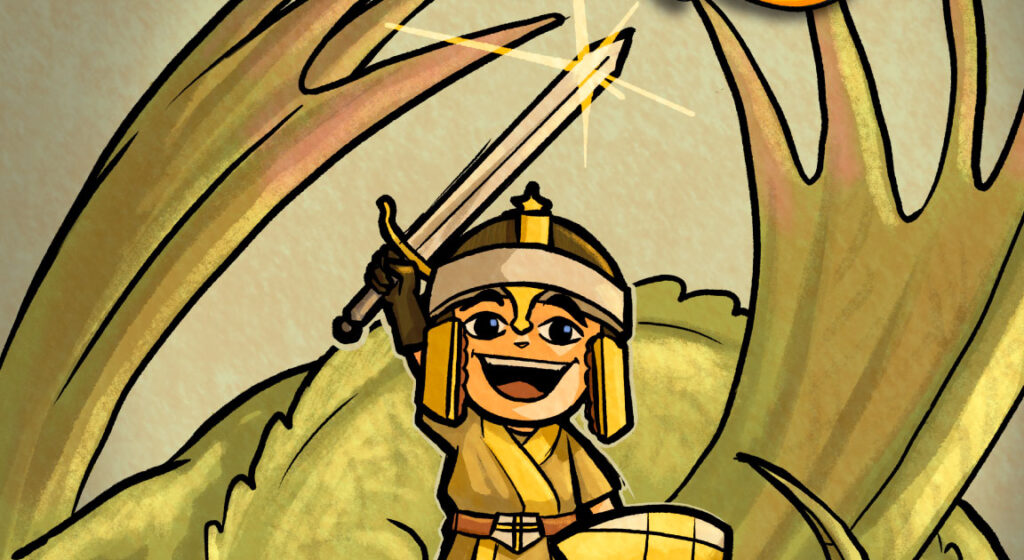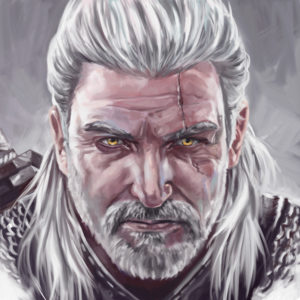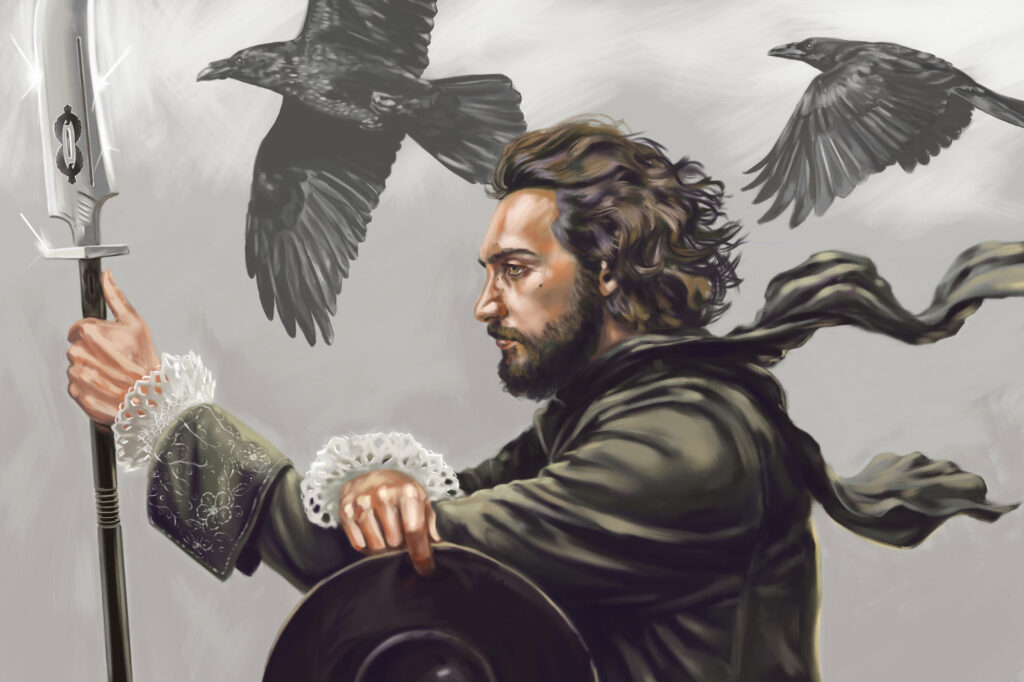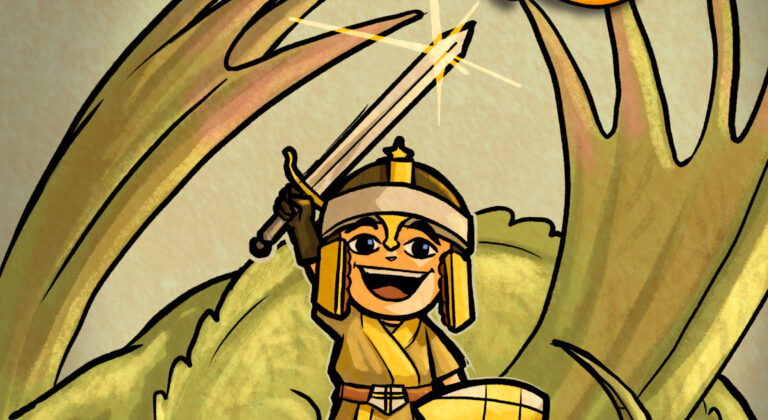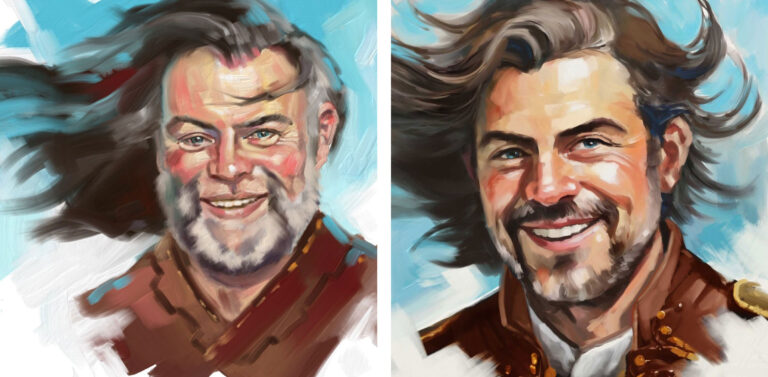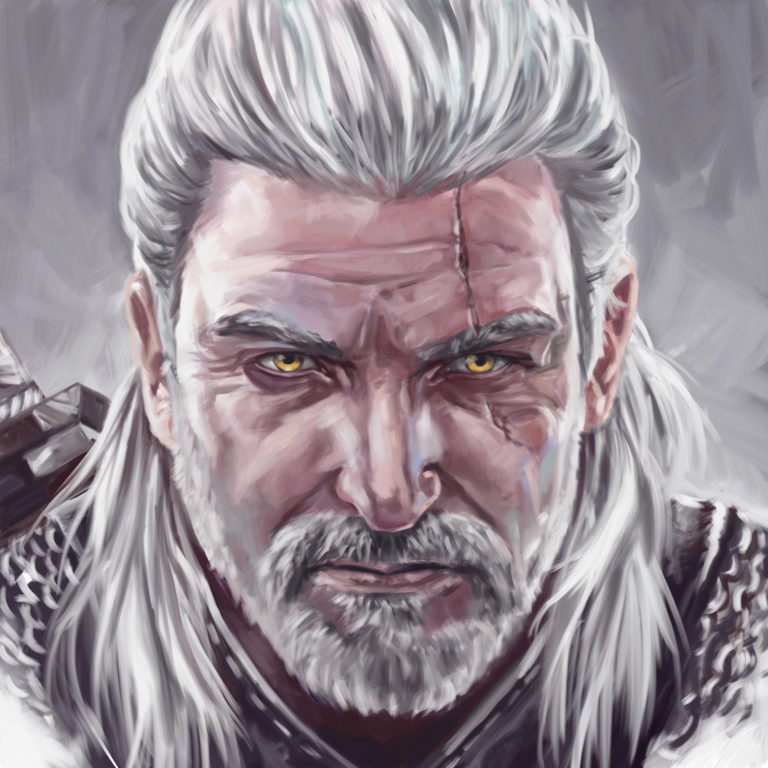I recently received a comment from a Linked In user on my shared article about collaborating with Adobe Firefly on a portrait: Is generative art held in the same regard as hand rendered work? Would the audience have a negative or adverse response to generative art compared to hand rendered work?
The question came from an author who is curious about the impact of Generative AI on an audiences ability to appreciate a story.
It is apparent that the advent of AI in creative fields has brought about many rapidly evolving changes to creative industries; children’s literature inclusive. This article will take a look at some existing projects that have been driven by AI and will explore some tools that creators can use for the creation of children’s literature both in writing and illustration.
ALICE AND SPARKLE
I recall when this AI generated book came out in December of 2022. The AI collaborator, Ammaar Reshi, used Chat GPT to generate the text and Midjourney to create the images in the book.
While the book showcases the power of AI and its ability to generate content quickly (the book was generated in 72 hours) it raises a tonne of ethical questions about AI use and also about the creative quality of the content produced.

From a personal perspective, having looked at a number of spreads from the book (like the one above), the illustrative work lacks continuity and soul. Yes, it’s a “story” but it could be a few different stories as the style and finish of the work fluctuates not to mention aspects of the characters. Granted, AI has improved rapidly since this was published in 2022 and I’m certain that the models available today could do a much better job of this kind of content. Personally, I find this kind of use of AI uninspired and experimental, at best. I still believe that AI can be a useful tool in a creative toolset when used as a tool, not a be all/end all. It would seem, looking at the overall review scores and reading some readers reviews, that in this case the audience did not respond well to the work. 1.8/5 on Goodreads is NOT good.

TOOLS
STORYNEST.AI
While undertaking my research to explore the question of the usefulness of AI in relation to creating Children’s literature I came across the AI tool Sorynest.ai. It’s an interesting AI platform that operates more as a marketing tool than a children’s literature tool. It’s strength lies in organizing and displaying existing content rather than generating entirely new material. I could see a tool like this being integrated into an exploratory phase of writing a creative work. Like a souped-up means to create storyboards and story beats.
WHIMSY APP
Where Storynest.ai provides an organizational platform, Whimsy App allows a user to create a customized and personalized story front eh ground up. Sounds like a powerful tool… however the content it creates is ugly. I appreciate the concept. To produce a book that is tailored to an individual and build a simple storybook that is accessible to the individual and their family. The platform allows users to create up to 10 books per month for free which is a great benefit and a simple way to dabble in AI creation. The app self-proclaims as being for kids. Which I think is good because it’s pretty rudimentary in its abilities. Again, I want to stress here that an AI tool like this could be a useful leap off point for written and illustrative content. Not the ends by any means, but perhaps a means to a beginning that leads to a better end with some effort applied.
THE NERDY NOVELIST
Jason Hamilton is an author and writer who has been diving deep into the collaborative aspects of AI for the purpose of writing. While he is not a children’s literature creator he is a writer and has produced a lot of content on the process of AI collaboration. I appreciate his stance on the use of AI. If you watch a few of his videos you will see that he is not interested in a quick fix but in a sound collaborative process with AI. He stresses that he believes:
He is on record saying that AI helped draw him out of a state of creative burnout and gave him the means to complete a novel again. He stresses that well executed writing takes time with or without AI. In his practice he views AI as a powerful tool to help you manage the heavy load of a creative process saying that “AI is a mind saver, not a time saver.”
If you’re interested in writing longer form prose his youtube channel might be worth a look. One aspect of AI collaboration that has become apparent to me through watching his content is that using AI is not so simple. It’s a process and requires knowledge, it’s a tool, not a replacement for hard work and creativity.
Jason Hamilton uses an AI writing tool called Claude. In many of his videos he is using Claude 2.0 and stresses that Claude 2.1 is not reliable. Currently, Claude 3.0 exists and that is in 3 forms of variable price scales. One of my takeaways from this information is the fact that AI is constantly changing and the tools are subject to a rapid pace of iteration. This can mean that from iteration to iteration of LLM (Large Language Model) across the various AI tools available you are bound to find that the platforms generate unstable or inconsistent results. This can cause a disruption to your processes if you find yourself leaning heavily on a particular tool and it iterates in the middle of a project.
Another tool Jason Hamilton uses is called Novel Crafter. It provides a toolbox of AI centric writing tools which writers can use to build stories from the ground up. This tool is seemingly very robust and detailed but highly useful.
I am curious if an “industry standard” will develop in this area of toolsets. Much like in the late 90’s when Quarkxpress and Adobe Pagemaker were battling for the layout and design space in the digital graphic design world.
For this article I’m pointing out 2 platforms that seem to have promise. Novel Crafter and Dibbly. They both have a fairly robust range of tools that could aid a writer in the process of developing a story.
I will admit, researching these platforms and coming across The Nerdy Novelist on youtube really got me wanting to dig deep into my stories again.
Going back to the original question of whether or not AI can help children’s book creators to create content, both written and illustrated: the answer is definitely.
The second part of the question, will audiences have a different reaction to AI vs Human Created content: maybe.
If you look at some of the reviews of the AI generated book, ‘Alice and Sparkle’, you will see that the knowledge of content being generated by AI can be an instant turnoff for some people. As the world becomes more accustomed to AI driven creative this hard stance may lessen. Regardless, the consuming public knows what they like and poorly executed content will always be poorly executed content.
As a creative, I am curious about AI and its capacities and I am also curious about how other creatives interact with it and view it. Jason Hamilton has an interesting video on his YouTube channel about the Abundance vs. Scarcity mindset. It does a good job of explaining one aspect of the puzzle that may influence how creatives respond to and interact with AI.
The video explores broader themes relevant to the discussion of AI in children’s book creation. It delves into how AI can shift our mindset from scarcity to abundance, providing more opportunities for creativity and innovation. I think I would land firmly in the camp that views the possibilities of AI from an abundance perspective recognizing that it is another tool I can integrate into my creative practice to assist me toward my long term goals.
I want to add a small point of clarification here, Jason Hamilton appears to be offering a gated set of information about AI tools that you have to access through a paywall. I’m not trying to point you toward that and I am in no way affiliated with that content. This is all just a point of interest for me and I’m sharing my exploration with you.
CONCLUSION
The integration of AI in children’s book creation is a rapidly evolving field. From generating stories and illustrations to organizing content and aiding in ideation. AI offers numerous tools and platforms that can significantly enhance the creative process. While there are challenges and varying levels of success, I believe AI has the potential to support human creative endeavours.
As these technologies continue to develop, they will undoubtedly play an increasingly important role in the future of children’s literature but I want to emphasize my stance that there is no replacement for human intelligence. Particularly in the context of creating content for our most precious resource: our children.
